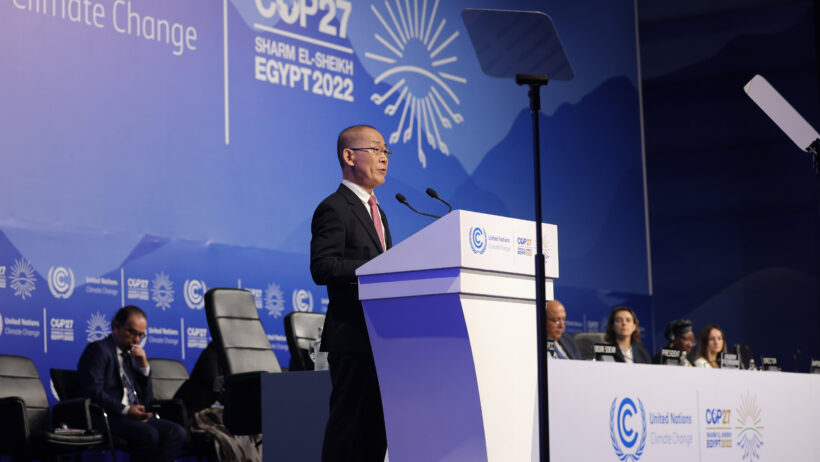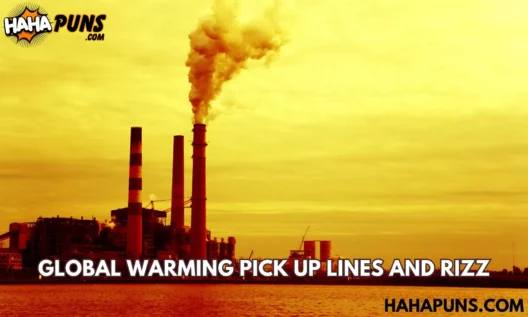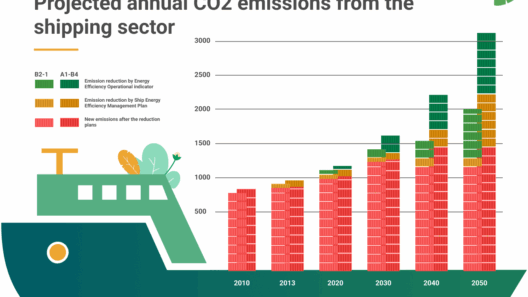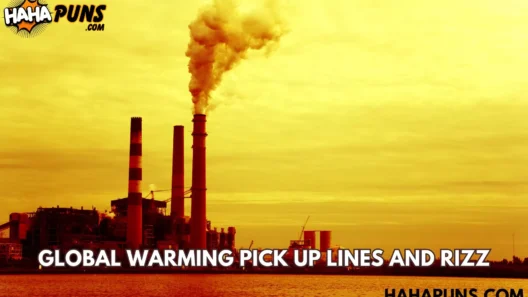Global Warming: It’s Not Going Away – How Long Have We Been Dealing With It?
As we traverse the twisted alleys of socio-political discourse surrounding climate change, one undeniable truth remains: global warming is an unwavering specter that looms ominously over humanity. The narrative of climate change is not a mere modern concern; it is a saga that stretches back over a century, a mosaic of scientific discovery, political inertia, and public apathy. It compels us to ask: How long have we been grappling with this increasingly insidious problem?
Global warming can be visualized as a relentless tide, steadily encroaching upon the fragile shores of our ecological balance. The roots of this environmental malaise reach deep into the soil of industrialization, sprouting from the hearts of revolutionized societies that traded pristine landscapes for the clamor of factories. The Industrial Revolution, commencing in the late 18th century, marks a pivotal epoch in this ongoing narrative. However, the ramifications of our unbridled consumption and exploitation of fossil fuels only became apparent by the mid-20th century.
In the early 1950s, scientists began to connect the dots, correlating rising carbon dioxide levels with global temperature increases. This elucidation was akin to discovering a hidden thread that wove together the unwelcome tapestry of climate change. In 1958, atmospheric researcher Charles David Keeling commenced the Keeling Curve project, meticulously measuring atmospheric CO2 at the Mauna Loa Observatory in Hawaii. The sharp incline in CO2 concentrations he recorded was not just an anomaly; it was a herald of the climate crisis that awaited us. The Keeling Curve became a symbol of clarity amidst obfuscation, illuminating the path toward understanding our warming planet.
As evidence piled up, awareness burgeoned in the public psyche. The 1970s and 1980s ushered in a new era of environmental consciousness, spurred by landmark events such as the first Earth Day and the publication of pivotal scientific studies, exemplified by the Intergovernmental Panel on Climate Change (IPCC) establishment in 1988. The IPCC was tasked with distilling complex climate data into comprehensible reports, functioning as an authoritative voice warning humanity of the impending peril. Yet, much like an echo fading into silence, the urgency of these warnings often went unheeded.
The 1990s heralded an era of treaties and protocols, most notably the Kyoto Protocol in 1997, which aimed to bind nations to reduce greenhouse gas emissions. It was during this decade that the fiction of climate change began to transform into a stark reality. However, despite noble intentions, the commitment to effective action remained stymied by a quagmire of political dissent and economic ambiguity. The world stood at a crossroads, and yet, the path to remediation was blurred by interests that favored short-term gains over long-term sustainability.
As we transitioned into the 21st century, the evidence of global warming became irrefutable. Natural disasters, erratic weather patterns, and the accelerated melting of polar ice caps painted a grim picture. The summers grew warmer, the winters more unpredictable, as our climate retaliated against decades of negligence. Like dominoes in an intricate array, the delicate balance of ecosystems began to topple. Species extinction soared, habitats were obliterated, and humanity was faced with moral quandaries regarding our stewardship of the Earth.
The 2015 Paris Agreement emerged as a beacon of hope, uniting the world in a collective pledge to limit global temperature rise to below 2 degrees Celsius above pre-industrial levels. Yet, progress has been tepid. Nations, fueled by economic interests, continue to exploit fossil fuel resources, creating a diabolical cycle. Each year that passes seems to usher in escalating carbon emissions, revealing a truth that is as disheartening as it is evident: the tide of climate change is not merely a passing storm; it is the new normal.
Even now, as we stand on the brink of the 2030s, projections foretell a critical threshold in global warming that could transform life as we know it. Such predictions are not fanciful imaginings; they are grounded in empirical evidence that elucidates the dire consequences of our inaction. If we visualize our planet as a fragile artifact, it becomes increasingly clear that each degree of warming exposes fractures that grow more perilous by the day. Rather than remaining passive observers, we must act with urgency and resolve, for the fabric of our existence is intricately woven with the fate of this planet.
Thus, in our cultural lexicon, climate change should no longer be relegated to the realm of the abstract; it must be integrated into the ethos of our global community. It is crucial to galvanize grassroots movements, advocate for policy reform, and foster sustainable environmental practices. We possess a unique opportunity to shift the tide, to wrestle the narrative from the jaws of complacency without further delay.
In conclusion, global warming is not an ephemeral concern; it is an enduring call to arms. Having journeyed through decades of scientific vigilance, societal indifference, and political stasis, we are reminded that the struggle against climate change is far from over. It is imperative to acknowledge its weight—a weight borne from a century of human activity that demands a multifaceted response. As we plot our path forward, let us endeavor to bring vigor to our efforts, transforming anguish into action, urgency into impact, and initiate a robust commitment to safeguard the only home we have. The story of global warming is ever-evolving, and we must ensure that it is one of resilience, hope, and unwavering responsibility.








